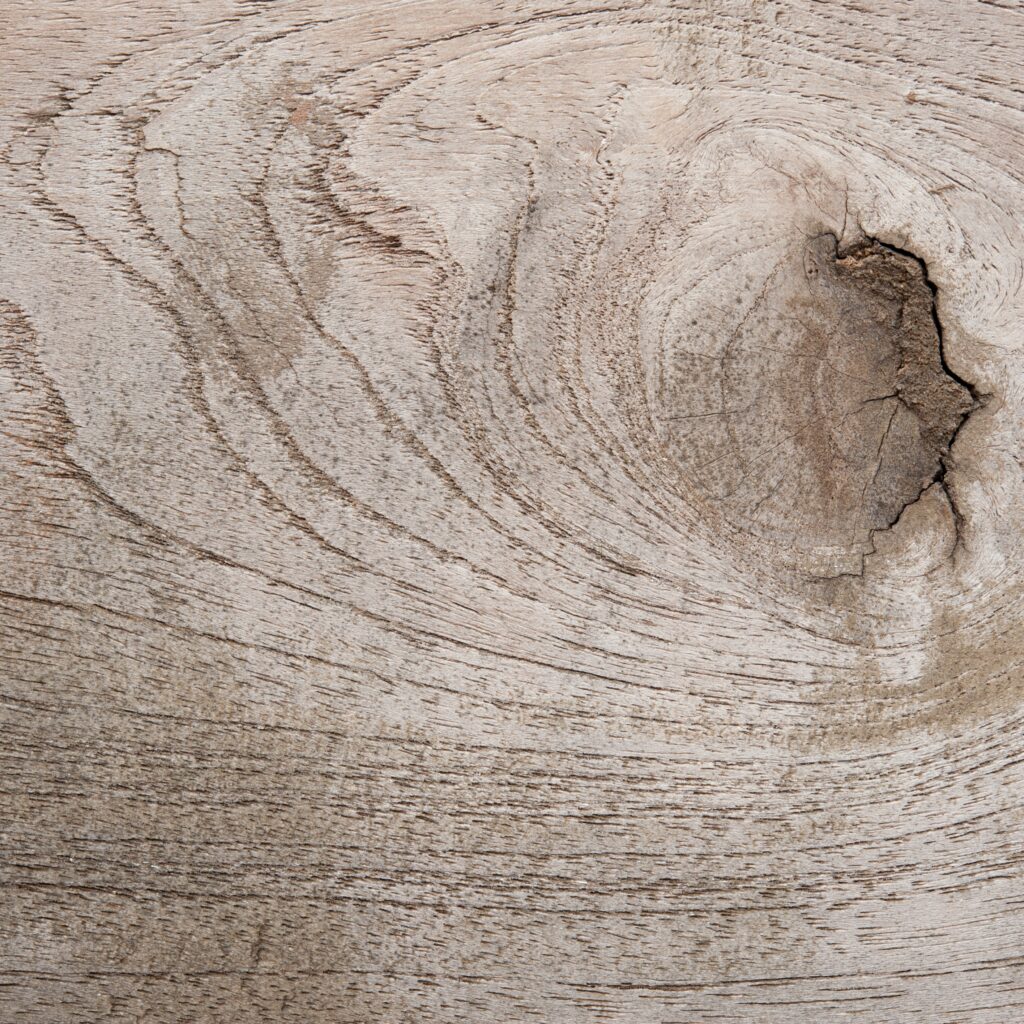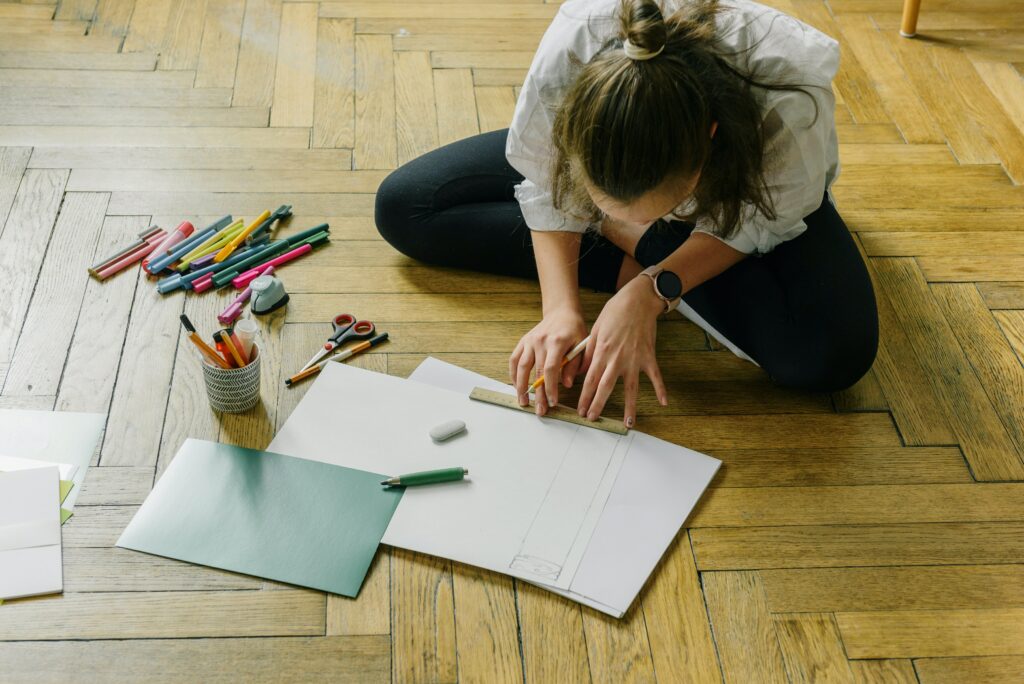Unfinished white oak hardwood flooring is a popular and versatile choice for homeowners and designers alike. It offers a natural, rustic, and customizable look to any space, and its durability and versatility make it an excellent investment. In this blog post, we will explore the benefits, styles, and care of unfinished white oak hardwood flooring.
What is Unfinished White Oak Hardwood Flooring?
Unfinished white oak hardwood flooring is made from the wood of the white oak tree, which is native to North America. Unfinished hardwood flooring means that the wood is not stained, sealed, or finished before installation, leaving it in its natural state. Unfinished white oak flooring allows for more customization options in terms of staining, finishing, and distressing.

Unfinished white oak hardwood flooring is available in a range of grades, cuts, and widths. The most common grades are select, which has minimal knots and blemishes, and common, which has more natural imperfections. The most common cuts are plain sawn, rift sawn, and quarter sawn, each with a distinctive grain pattern. The most popular widths are 2 1/4", 3 1/4", 4", 5", and 6", depending on the desired look and style.
Benefits of Unfinished White Oak Hardwood Flooring
Unfinished white oak hardwood flooring offers many benefits that make it a popular choice for homeowners and designers. Here are some of the key benefits:
- Customization: Unfinished white oak hardwood flooring allows for more customization options in terms of staining, finishing, and distressing. It can be customized to match any design style, from traditional to modern.
- Durability: White oak is one of the hardest and most durable hardwoods, which means it can withstand heavy foot traffic, scratches, and dents. It also resists warping, shrinking, and expanding due to changes in temperature and humidity.
- Versatility: Unfinished white oak hardwood flooring is available in a range of grades, cuts, and widths, which means it can fit any design style, from traditional to contemporary.
- Timeless Appeal: White oak has a classic and natural look that never goes out of style. It adds warmth and character to any space and can increase the value of a home.
- Sustainability: White oak is a sustainable and renewable resource, as it grows relatively fast and can be harvested responsibly. Learn more about hardwood flooring production processes.
Styles of Unfinished White Oak Hardwood Flooring
Unfinished white oak hardwood flooring is available in many different styles, from traditional to modern. Here are some of the most popular styles:
- Wide Plank: Wide plank unfinished white oak flooring has wider and longer planks than standard flooring, which can create a more spacious and luxurious feel. Wide plank flooring also showcases the natural beauty of the wood grain and knots.
- Wire-Brushed: Wire-brushed unfinished white oak flooring has a textured surface that accentuates the wood grain and adds depth and character to the flooring. The wire brushing process also makes the flooring more durable and resistant to wear and tear.
- Herringbone: Herringbone unfinished white oak flooring has a distinctive zigzag pattern that creates a classic and sophisticated look. It can be installed in different directions and finishes to achieve various design effects.
- Distressed: Distressed unfinished white oak flooring has a weathered and aged look, which can create a rustic and charming atmosphere. Distressed flooring can be achieved through hand-scraping, wire-brushing, or sanding techniques.

Care and Maintenance of White Oak Hardwood Flooring
Proper care and maintenance can extend the life and beauty of white oak hardwood flooring. Here are some tips:
- Sweep or vacuum the floor regularly to remove dust and dirt that can scratch the surface of the wood.
- Wipe up spills and stains immediately with a damp cloth or mop, as moisture can damage the wood.
- Use a hardwood floor cleaner that is pH-neutral and non-toxic to clean the floor, as harsh chemicals can strip the finish and discolor the wood.
- Avoid using abrasive cleaners, steel wool, or rough scrub brushes on the floor, as they can scratch the wood.
- Protect the floor from direct sunlight, as prolonged

